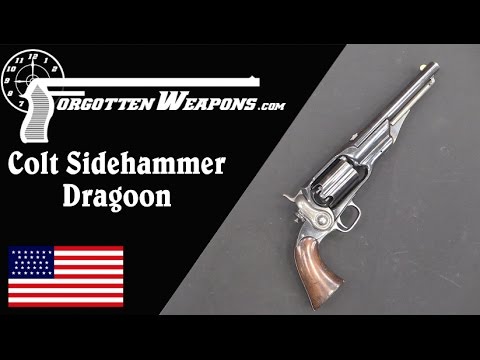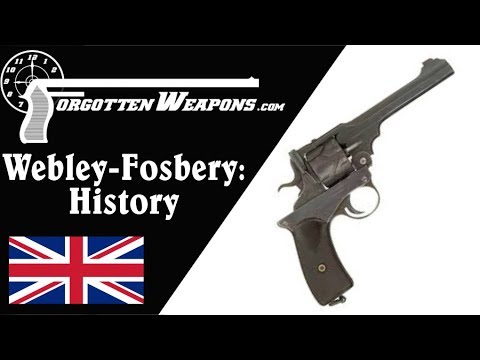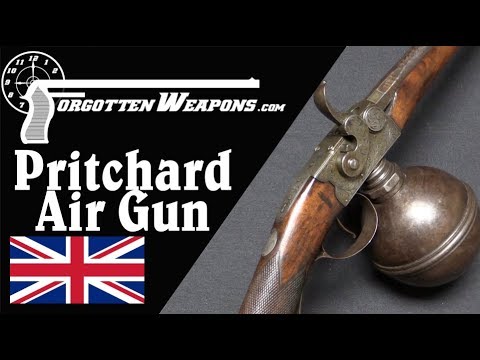http://www.patreon.com/ForgottenWeapons
https://www.floatplane.com/channel/ForgottenWeapons/home
Cool Forgotten Weapons merch! http://shop.forgottenweapons.com
The Vickers company developed several versions of the Vickers machine gun for aircraft use during the 1920s and 1930s, but they also worked on armored vehicle versions of the gun in the 1930s. Between 1930 and 1936 these were adopted by the British military as the Mk IV through Mk VII guns, but the gun we are looking at today is the commercial export pattern, the Class C/T. This particular gun is one sold to Argentina.
The basic mechanics of the gun are unchanged from the standard Vickers heavy machine gun, but a bunch of adaptations were done to make the guns more suitable to use in armored vehicles. A pistol grip was developed to mount under the gun in place of the spade grips. Coupled with a large leather-covered buttpad and cheek pads, this allowed the gunner to hold the gun much like a rifle; essential in the tight confines of a turret. The barrel was shortened, and a new style of booster was designed which allowed the barrel to be removed from the rear of the gun, allowing the gun to be worked on from within the protection of the vehicle. The top cover was also give a hinge on the side, again for more compact use. The most complex change was the development of interchangeable feed blocks to allow left-hand or right-hand feeding with only the changing of that one unit.
One of the really interesting aspects of these tank guns was the experimentation around their cooling systems. For the British military, the goal was to have a gun capable of firing 3,000 rounds in 30 minutes. Normally this would be an easy bar for a Vickers to clear, but it would require refilling the water jacket – and that was a really clumsy exercise inside a tankette turret. Various types of circulating systems were tried out, but they all had problems with the need for the guns to be in flexible mounts. What would seem like a perfect idea of plumbing the gun into the vehicles existing radiator had the unfortunate consequence of rendering the whole vehicle immobile if the gun’s jacket took a bullet hit and leaked…
Overall production was low, and the guns were primarily used in vehicles that Vickers was building themselves. By the time World War Two began, the Vickers was clearly obsolescent in this role; there were much cheaper air-cooled options (like the Besa, which the British would choose for their own use).
Contact:
Forgotten Weapons
6281 N. Oracle 36270
Tucson, AZ 85740

At Forgotten Weapons I think the most interesting guns out there are the most obscure ones. I try to search out experimental and prototype weapons and show you how they work, in addition to more conventional guns that you may not have heard of before. You’re much more likely to find a video on the Cei Rigotti or Webley-Fosbery here than an AR or Glock. So, do you want to learn about something new today? Then stick around!





